Researchers at the U.S. Department of Energy’s National Renewable Energy Laboratory (NREL) and Colorado School of Mines are applying a new technique to identify defects in silicon solar cells that cause a drop in efficiency.
They said that lessons learned could lead to improvements in the way manufacturers strengthen their products against what is known as light-induced degradation.
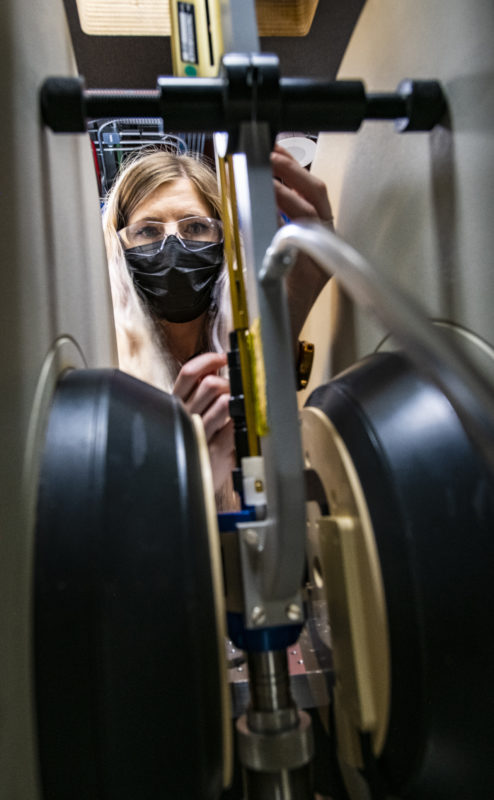
Image: NREL/Dennis Schroeder
NREL said that light-induced degradation, or LID, shaves the efficiency of silicon solar cells by about 2%, which adds up to a significant drop in power output over the 30- to 40-year lifespan of the technology deployed in the field. Solar cells made from silicon account for more than 96% of the global market, and the most commonly used semiconductor used in the manufacture of these cells is made from boron-doped silicon. But boron-doped silicon is susceptible to LID, NREL said, so manufacturers have developed methods to stabilize the solar modules.
Without an understanding of the defects at the atomic level, the researchers said it is impossible to predict the stability of those modules.
“Some of the modules are stabilized completely. Some of them are only half-stabilized,” said Abigail Meyer, a Ph.D. candidate at Mines and a researcher at NREL. She is the lead author of “Atomic Structure of Light-Induced Efficiency-Degrading Defect in Boron-Doped Czochralski Silicon Solar Cells,” which appears in the journal Energy & Environmental Science.
The collaboration between NREL and Mines researchers relied on electron paramagnetic resonance (EPR) to identify defects responsible for the LID. The microscopic examination revealed a distinct defect signature as the sample solar cells became more degraded by light.
The defect signature disappeared when the scientists applied the empirical “regeneration” process to cure the LID that industry has adopted. To their surprise, the researchers said they also found a second, “broad” EPR signature affected by light exposure, involving many more dopant atoms than there are LID defects. They hypothesized that not all atomic changes induced by light lead to the LID.
The techniques developed to study LID can be extended to reveal other types of degrading defects in silicon solar cells and in other semiconductor materials used in photovoltaics including cadmium telluride and perovskites, the scientists noted.
The researchers said the problem of LID has been studied for decades but the exact microscopic nature of what causes the degradation has not been determined. Researchers have concluded, through indirect experimentation and theory, that the problem decreases when less boron is used or when less oxygen is present in the silicon.
This content is protected by copyright and may not be reused. If you want to cooperate with us and would like to reuse some of our content, please contact: editors@pv-magazine.com.
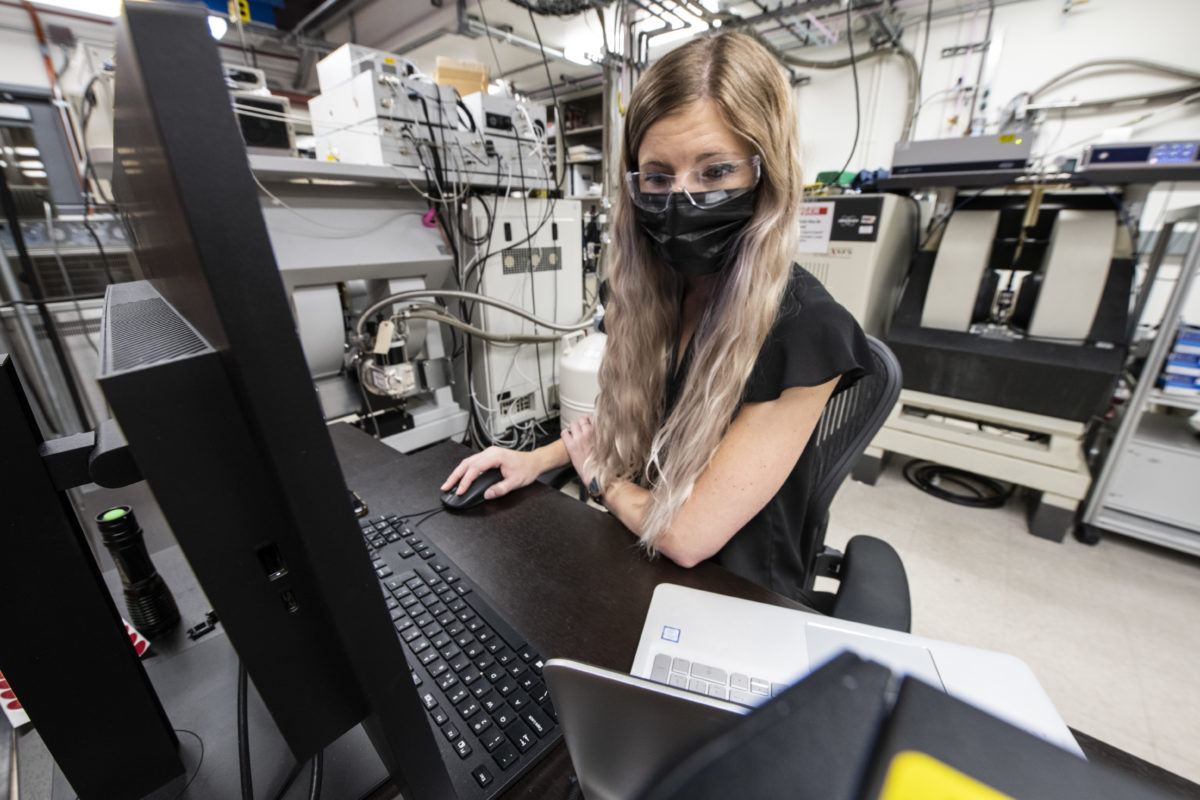
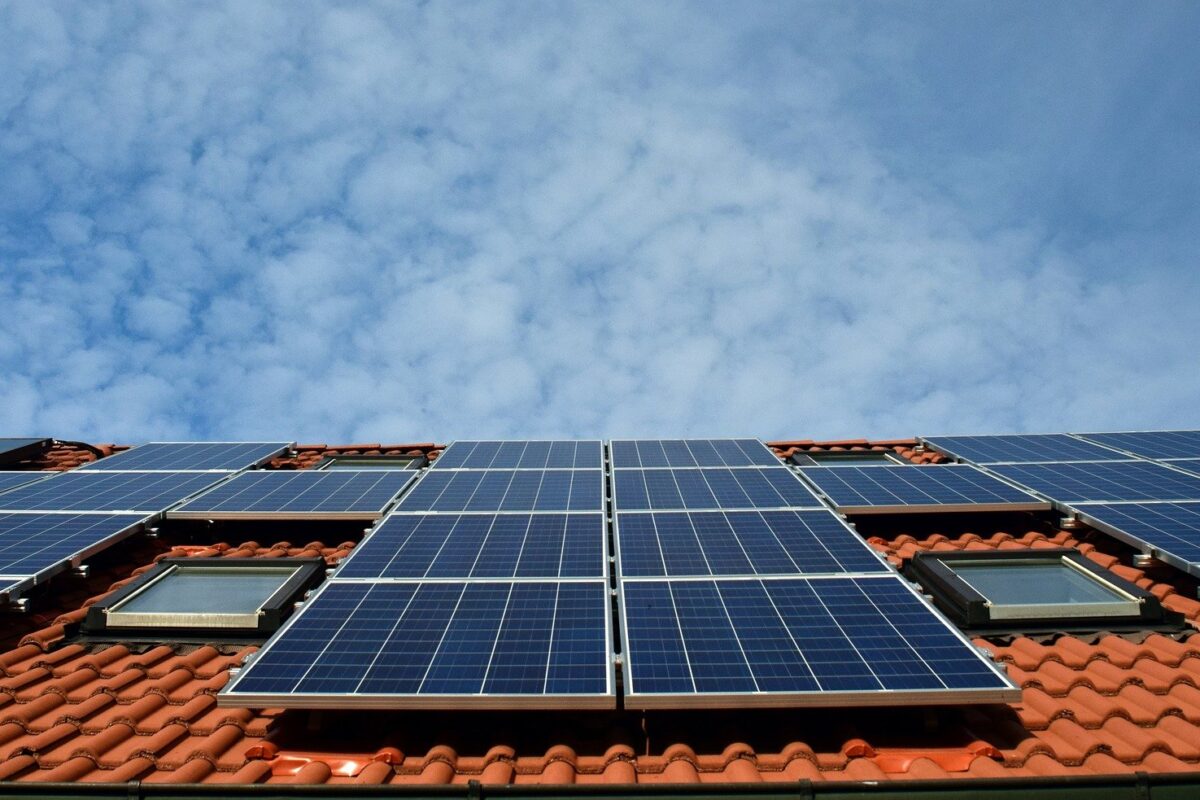



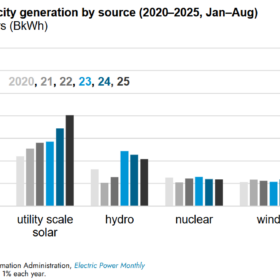

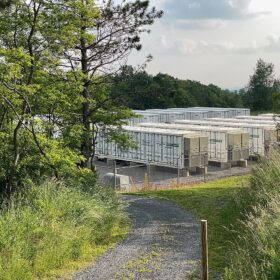
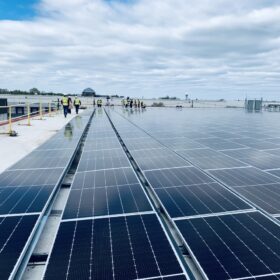
This is factually incorrect. Light degradation of Si PV on average is in 2 to 8 percent range in the field. Then you lose a .5% to .89% of power a year.